Environmental requirements for compressors
With the development of industry, the pollution caused to the earth has become increasingly serious. Environmental protection has become an important issue of global concern, and preventing the destruction of the ozone layer and global climate change has attracted widespread attention from countries around the world, leading to consensus among governments and the signing of relevant agreements.
In the field of refrigeration and air conditioning, the destruction of the atmospheric ozone layer and global warming caused by energy consumption by CFCS and HCFCS are issues that should be highly valued in the design of compressors.
In order to develop a new compressor that uses alternative refrigerants, designers first encountered two problems:
Firstly, the compressor must redefine its working volume size to meet the pressure requirements of different flow rates;
Secondly, the compatibility between various materials in contact with the refrigerant in the compressor, such as synthetic rubber and lubricating oil, must be addressed.
In the past history, more than fifty substances have been used as refrigerants. After World War II, except for the use of ammonia in large cooling capacity ranges, almost all refrigeration and air conditioning fields were dominated by halogenated hydrocarbon CFCS and HCFCS. The CFCS substitution stipulated in the 1974 Montreal Protocol has been achieved in industrialized countries, and the HCFCS substitution plan will be completed by 2020; For developing countries, it will be discontinued in 2010 and 2040 respectively. However, in some developed countries, they are prepared to achieve it ahead of schedule.
CFC-11
C-11 is a low-pressure refrigerant mainly used in centrifugal chillers, and its transition substitute is HCFC-123. In addition, HFC-245ca or HFC-245fa is also a low-pressure refrigerant, but it has flammability, so its combustion reduction methods and toxicity need to be studied. Moreover, its use is not as efficient as that of CFCs 1 and HCFC-123. Therefore, many companies have switched to using HFC-34a in centrifugal chillers.
CFC-12
Due to its wide range of applications and leakage issues in automotive air conditioning, CFC-12 is the first object to be considered for replacement. HFC-34a can be used as a substitute in household refrigerators and car air conditioners. Used in the medium to high temperature range, HFC-34a has a refrigeration capacity and efficiency similar to that of CFC-12. But at temperatures below -23 ℃, it loses its appeal due to its lower cooling capacity and efficiency compared to CFC-12. Although the ozone depletion potential (ODP) value of HFC-34a is zero, its global warming potential (GWP) value is as high as 1300 (compared to the GWP value of CO2). In the long run, this will also affect its development and use.
HCFC-22
HCFC-22 has been widely used in commercial refrigeration, commercial and residential air conditioning, and heat pumps, with an ODP value much lower than that of CFCs 1 and 12, only 0.055. But its GWP value is quite high, about 1700. It is precisely for these reasons that some European countries, such as Germany, are rapidly being phased out. There are already several mixed refrigerants available as substitutes for HCFC-22. The American Refrigeration Association has recommended four types of refrigerants in its Refrigerant Alternative Evaluation Program (AREP): HFC-134a, R407C, R410A, and R410B. However, compared to the other three, HFC-134a has lower refrigeration capacity and pressure, and using it as a refrigerant requires significant redesign of the system. Therefore, the possibility of replacing HFCF-22 with it seems to be the smallest, but the possibility of using it in larger chillers still exists. The non azeotropic working fluid R407C is likely to be a "drop in" substitute for existing machines, as it is closest to HCFC-22 and only requires minimal modifications to the system's equipment after replacement. Acid lubricating oil is used instead of mineral oil, and attention should be paid to adapting to the large temperature slip of the working fluid (up to 5-7 ℃). Near azeotropic refrigerants R410A and R410B are two identical mixtures of HFCS, with the only difference being the mixing ratio. R410A is suitable for split type small air conditioners, but its evaporation pressure is about 1.5 times that of HCFC-22. Therefore, systems using this working fluid need to be completely redesigned and are only used in new refrigeration air conditioning systems. The optimized design of this system can increase its efficiency by 5%.
R502
R502 has been widely used in low-temperature refrigeration systems. AREP recommends two possible alternatives: R404A and R507. R404A has similar refrigeration capacity and efficiency to R502, but requires extensive testing of system components, especially the compressor, when used. There is a component in the mixed composition of R507 that plays a role in flame retardancy. It has similar properties to R502, but toxicity testing is still ongoing in the United States; But in Europe, it has been applied to supermarket refrigeration equipment.
natural refrigerant
Natural refrigerants that are abundant in nature, such as ammonia, hydrocarbons, carbon dioxide, etc. The application of ammonia has a history of over a hundred years and is still used in large-scale industrial refrigeration and food freezing and refrigeration in many countries today.
Hydrocarbons have excellent thermal and heat transfer properties, and are fully compatible with all mechanical materials and oils. In fact, this working fluid has long been used in large-scale refrigeration systems in the petrochemical industry. The resistance that affects the widespread promotion of this type of refrigerant comes from its flammability. In Europe, this refrigerant has begun to enter the market for household refrigeration equipment, with Germany having a coverage rate of 90% in its products. The Chinese refrigerator industry also has R600a products using isobutane.
The application scope and prospects of flammable refrigerants are a very important issue, and its universal solution still requires a relatively unified international understanding, as this affects the international trade of refrigeration and air conditioning equipment. However, achieving this step still requires more experimental research and policies adopted by various countries on this issue, and it seems that it will take considerable time to see the clues.
Due to the poor compatibility between traditional mineral and synthetic oils suitable for CFCS working fluids such as CFC-12 and new working fluids such as R134a and HFCS, new polar lubricating oils have been developed. The base of these lubricating oils is either multi ester POE (referred to as ester oil) or polyethylene glycol PAG (referred to as ethylene glycol oil), which have good compatibility with HFCS new working fluids, in order to avoid the accumulation of lubricating oil in the heat exchanger and ensure smooth oil reflux to the compressor.
Previous page:Noise control of air compressors
Next page:Maintenance and repair of compressors

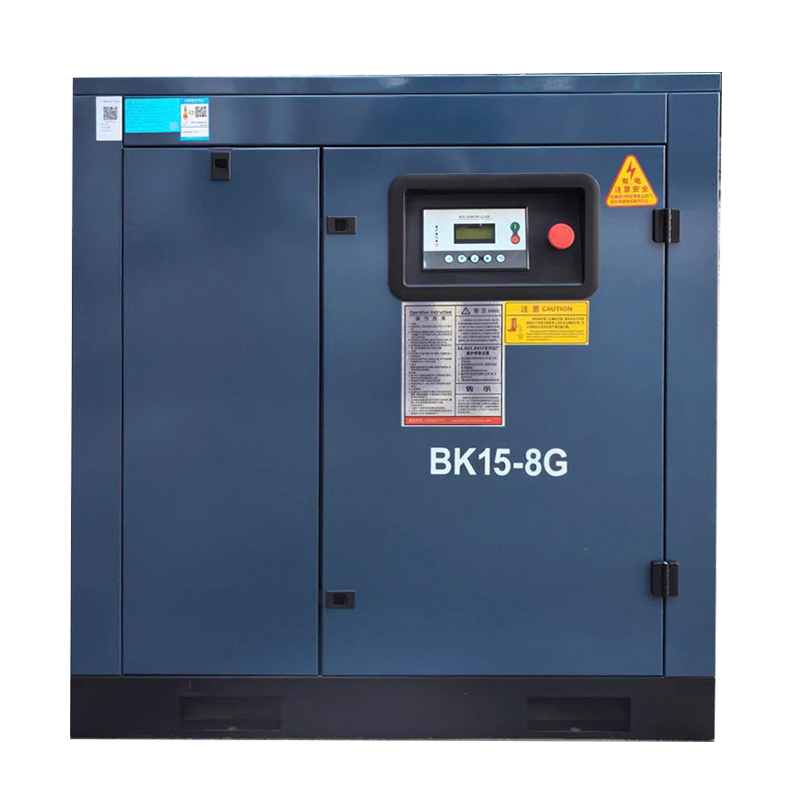
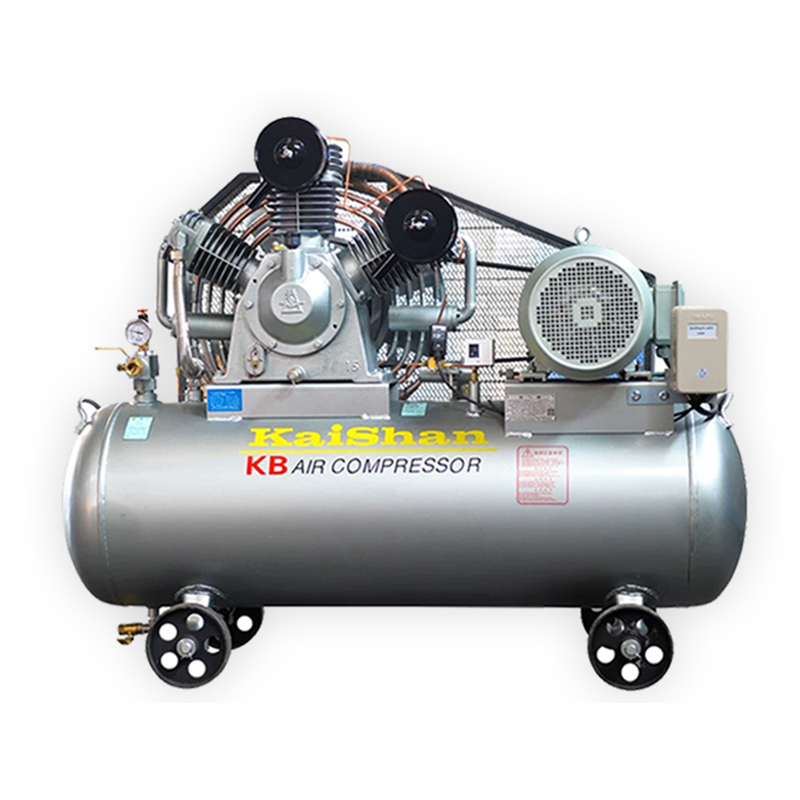
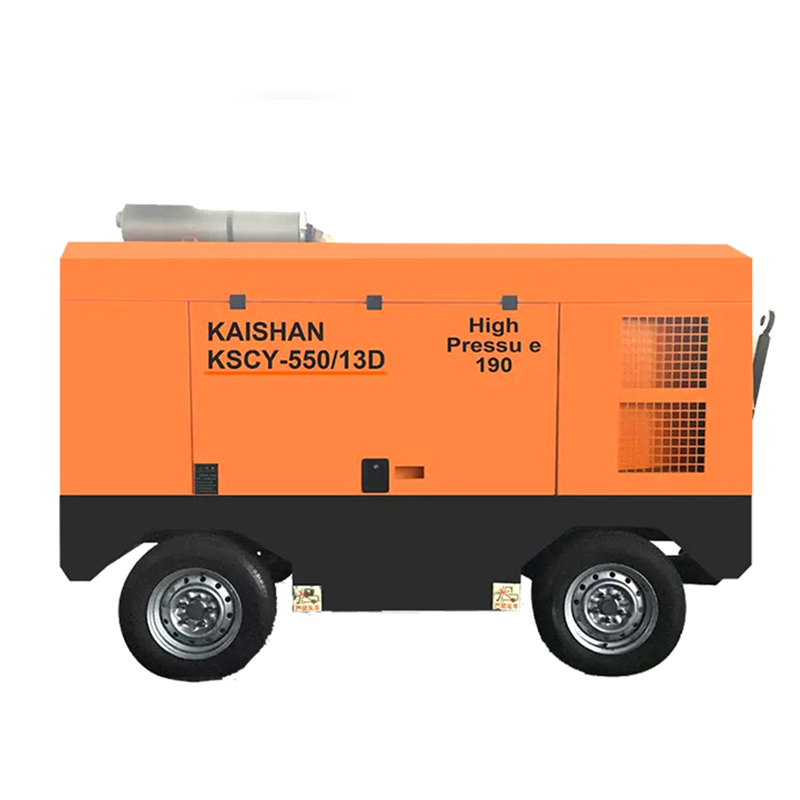
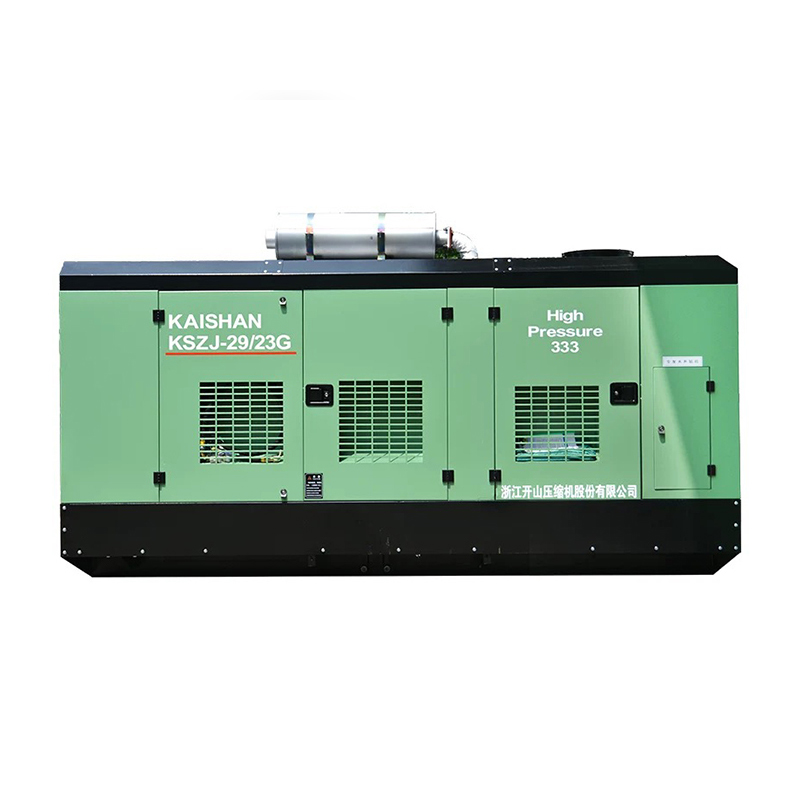
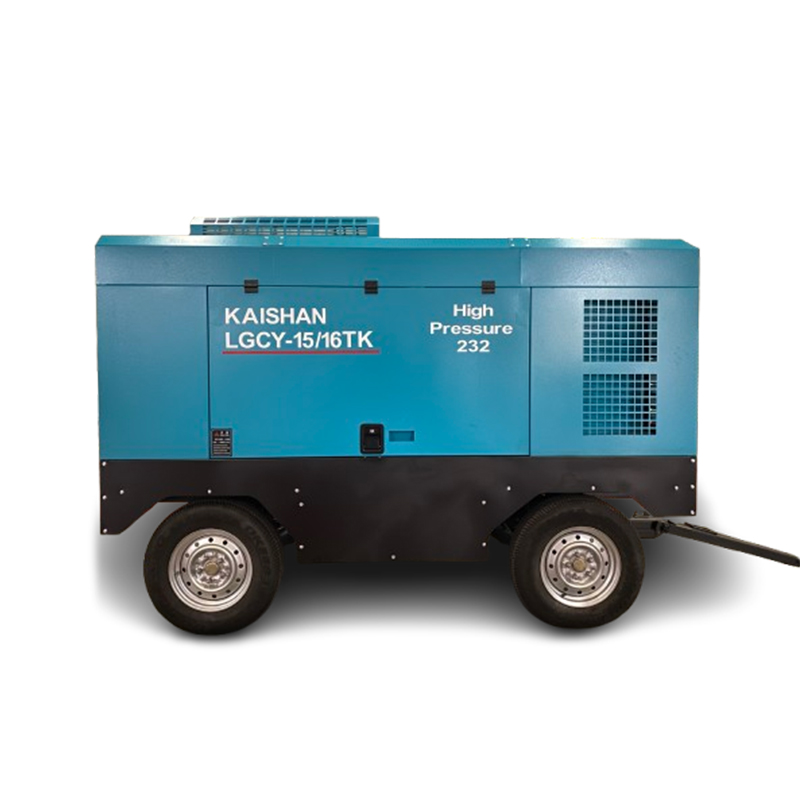
 Wechat scan
Wechat scan